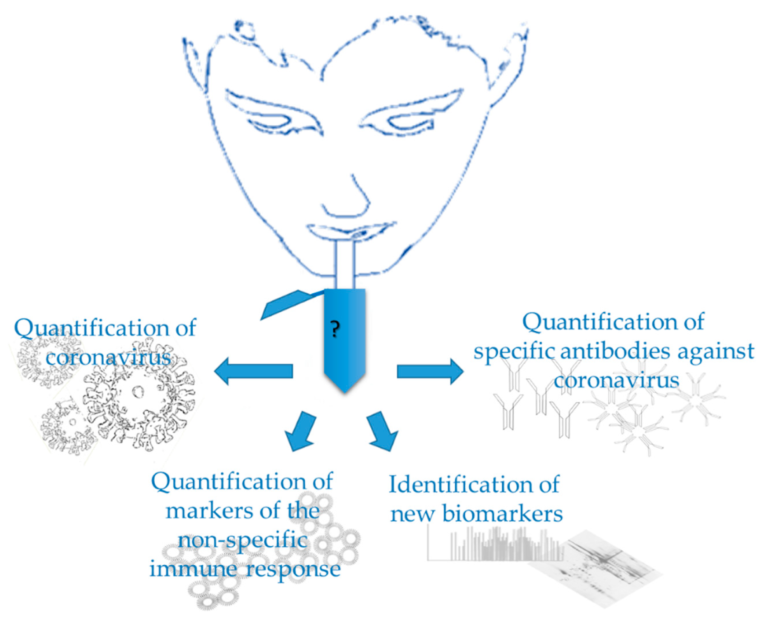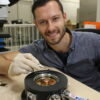A study by the UPV/EHU-University of the Basque Country has established that the two-meter safety distance may be reasonable for preventing COVID-19 infection
According to a study published in the journal Scientific Reports, temperature, humidity and droplet size are the factors to be taken into account in the behavior of a saliva droplet. The study was carried out in the UPV/EHU’s Department of Nuclear Engineering and Fluid Mechanics and may help to make decisions when facing a pandemic situation such as the one experienced with COVID-19.
The transmission capacity of a virus is one of the most important factors to be taken into account in the study of infectious diseases. The vast majority of viruses are transmitted orally. Whenever an individual coughs, speaks or sneezes, he or she exhales a number of highly contagious particles or droplets of saliva into the environment. The evaporation of the droplets depends on various factors in the droplet, and so the transmission of the disease varies. “The aim of this work was to study the behavior of a saliva particle exposed to various environmental characteristics of a social setting by means of computational simulations,” explained Ainara Ugarte-Anero and Unai Fernández-Gamiz, researchers in the UPV/EHU’s Department of Nuclear Engineering and Fluid Mechanics.
To study how a saliva droplet behaves while airborne, they created a computational simulation based on CFD (Computational Fluid Dynamics) that examines the state of a saliva droplet as it moves through the air when an individual talks, coughs or sneezes. “This simulation was performed in a controlled, simplified environment, in other words, instead of analyzing a general sneeze with a number of particles, we focused on the study of a single particle in a closed environment. To do this, we allowed droplets of between 0 and 100 microns to fall from a height of about 1.6 meters –approximately the distance from a human mouth– and considered the effects of temperature, humidity and droplet size,” explained Unai Fernández-Gamiz.
Ainara Ugarte said, “The results show that ambient temperature and relative humidity are parameters that significantly affect the evaporation process. Evaporation time tends to be longer when the ambient temperature is lower. And particles with smaller diameters will evaporate quickly, while those with larger diameters take longer.”
“Some large particles, measuring approximately 100 microns, can remain in the environment for 60–70 seconds and in principle are transported over a longer distance, so, for example, an individual could sneeze in a lift, then exit the lift while the particles may be left behind. Hence the importance of the two-meter safety distance in closed settings in the case of COVID-19. According to what has been studied, it seems that this distance may be reasonable for preventing further infections in the case of COVID-19,” said the lead author of the article. Humidity must be added to this as well. “In a humid environment, evaporation takes place more slowly, so the risk of contagion is greater because the particles remain airborne longer,” added Ugarte.
The researchers in the UPV/EHU’s Department of Nuclear Engineering and Fluid Mechanics agree that “this is a fundamental study, but at the same time a vital one, as it will allow us to address much more complex situations in the future. So far, by studying the dynamics of a single droplet, we have probed the foundations of a building.”
More information:
Ainara Ugarte-Anero et al, Computational characterization of the behavior of a saliva droplet in a social environment, Scientific Reports (2022). DOI: 10.1038/s41598-022-10180-5
Provided by
University of the Basque Country
Citation:
The contagious capacity of a single drop of saliva analyzed for the first time (2022, June 23)



